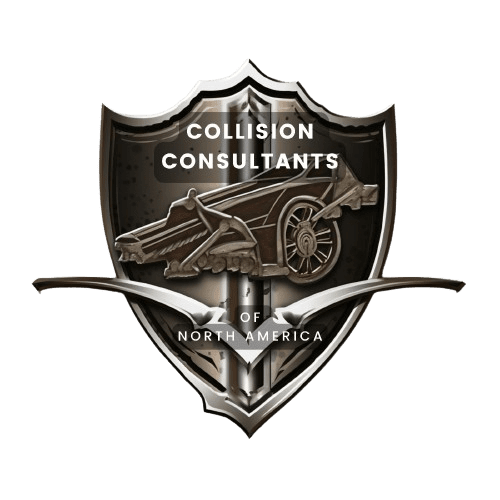Understanding Your Insurance Policy for Collision Loss

Posted on November 20th, 2025
A Guide to Collision Coverage in Auto Insurance
What Is Collision Coverage?
Collision coverage is a type of auto insurance that helps pay for the repair or replacement of your vehicle if it is damaged in an accident involving another vehicle or object, regardless of who is at fault. This can include incidents such as hitting another car, crashing into a guardrail, or colliding with a tree.
Key Features of Collision Coverage
- Accident Protection: Covers damage to your car from collisions with other vehicles or stationary objects.
- Deductible: You will typically need to pay a deductible—the amount you agree to pay out of pocket before your insurance kicks in. Deductibles can range from $250 to $1,000 or more, depending on your policy.
- Policy Limits: The maximum amount your insurer will pay is usually the actual cash value of your car at the time of the accident, minus your deductible.
- No-Fault: Collision coverage applies regardless of who caused the accident.
What Does Collision Insurance Not Cover?
- Non-Collision Damage: Damage from events such as theft, vandalism, fire, or natural disasters is not covered. These are typically included under comprehensive coverage.
- Medical Expenses: Injuries to you or others in the accident are covered under separate policies, such as personal injury protection (PIP) or medical payments coverage.
- Damage to Other Vehicles: Collision coverage applies only to your vehicle, not to others’ property or vehicles.
When Is Collision Coverage Required?
Collision coverage is optional by law, but if you lease or finance your vehicle, your lender may require you to carry this coverage until you pay off your loan or return the car. If you own your car outright, you can choose whether or not to include collision coverage based on your needs and risk tolerance.
How to File a Collision Loss Claim
- Contact your insurance company as soon as possible after the accident.
- Insurance companies will try and steer you to one of their select shops or DRP’s (Direct Repair Partners) which is illegal in all 50. They will miss inform you and make false statements about any shop you choose. Remember, It is always your choice to choose whatever shop you want to do your repairs. DRP’s are Insurance Companies way of doing discounted repairs, and forcing the use of after market and salvage parts.
- Provide details of the incident, including photos and a police report if available.
- Work with your claims adjuster to assess the damage and determine repair costs.
- Pay your deductible to the shop of your choice when the repairs are completed; your insurer will cover the remaining repair or replacement costs up to your policy limits.
- Steer clear of shops that offer to pay your deductible and even free loaners. Nothing is free.
Tips for Managing Collision Coverage
- Review your deductible and policy limits regularly to ensure they match your financial situation.
- Consider dropping collision coverage for older vehicles whose value is low compared to the cost of the coverage and deductible.
- Ask your insurer about discounts for safe driving, bundling policies, or installing safety features.
Conclusion
Understanding your insurance policy for collision loss is essential to making informed decisions about your auto coverage. Review your policy carefully, know your deductible and limits, and consult your insurance agent if you have questions about what is covered or whether you need collision insurance.
Contact Us
Get in Touch
Ready to experience the expertise and advocacy of Collision Consultants of North America? Fill out our contact form today and let us guide you through the complexities of collision repair with precision, transparency, and a commitment to your safety and satisfaction.
